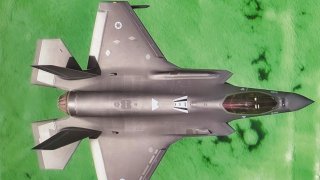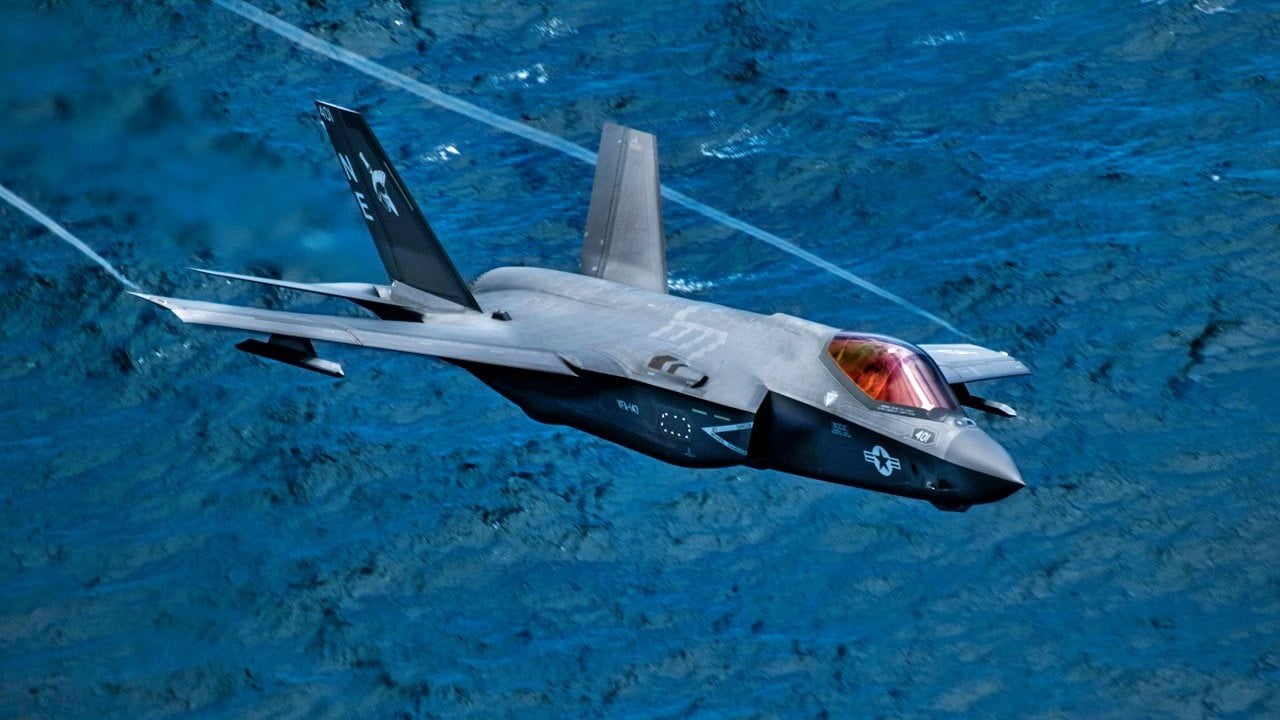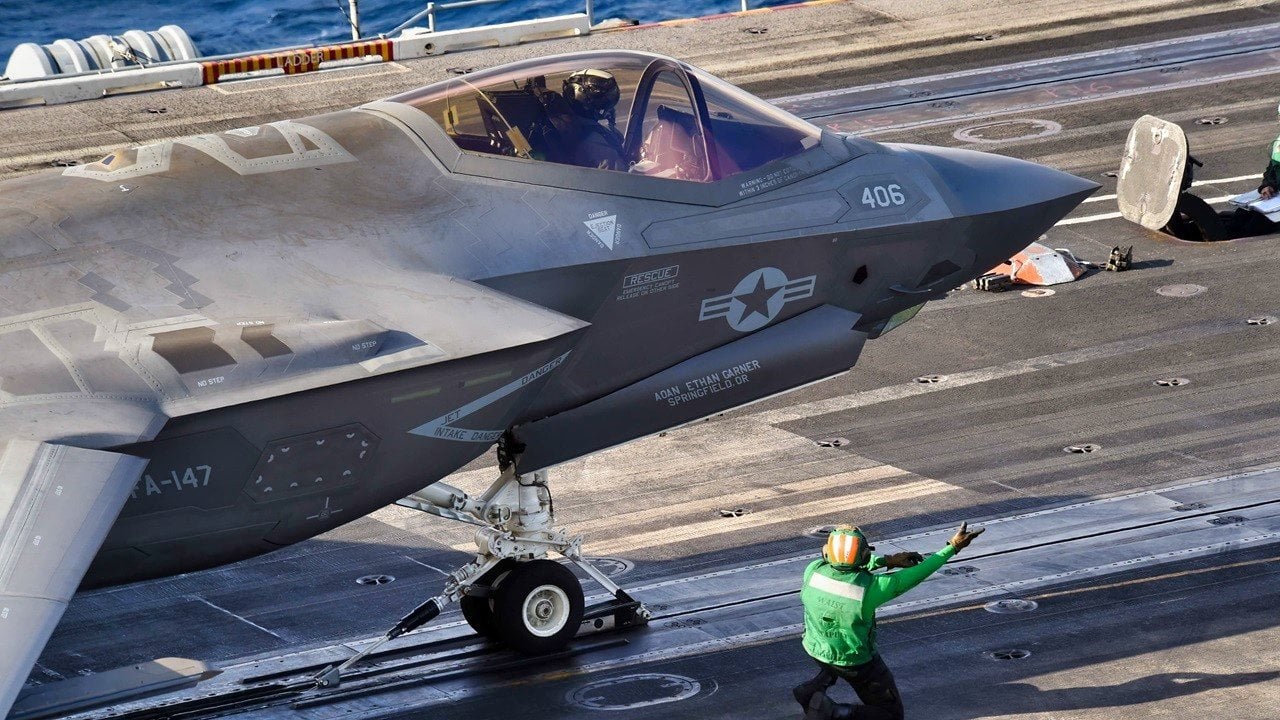Maya Carlin

Back in March, Defense Minister Sergei Shoigu revealed that Moscow would complete its missile defense systems modernization efforts by the end of 2023. Russia began prioritizing its aerospace defense capabilities in 2020, when the Kremlin announced its State Armament Program. Under the latest iteration of the program, dubbed GPV-2027 in Russia, the production of the new S-500 system will be accomplished.
Russia’s latest anti-aircraft missile defense system, “Prometheus,” is expected to become a staple of the Kremlin’s aerospace defense system.
The combat capabilities of the Prometheus reportedly blow its predecessor’s abilities out of the water.
However, while Moscow may claim that this new system could easily take down fifth-generation fighters like the F-22 Raptor or the F-35 Joint Strike Fighter, little remains confirmed about the S-500.
A Brief History of the S-500 Missile System
Back in 2010, Moscow began developing the successor to the first batch of S-400 systems deployed a few years prior. Like the earlier S-300 and S-400 models, the S-500 Prometheus was designed to be capable of defeating ballistic and cruise missile threats.
The newer variant, however, was also intended to counter fifth-generation airframes and low orbit satellites- capabilities its predecessors could not achieve. Since the S-500’s design conception, multiple delays have hindered the system’s introduction to service.
Can It Hit the F-22 and F-35?
The new S-500 system consists of four 40N6M long-range surface-to-air missiles or two 77N6 interceptors in tubes mounted on a launch vehicle. According to the Center for International and Strategic Studies, the 40N6M long-range missiles can travel at a range of 400km, while the 77N6 series interceptors can reach roughly 600 km.
“The system features four radar vehicles per battery, including the 91N6E(M) S-band acquisition radar, 96L6-TsP C-band acquisition radar, 76T6 multi-mode engagement radar, and 77T6 anti-ballistic missile engagement radar.9 This radar complex reportedly allows the S-500 to detect ballistic and airborne targets at up to 2,000 and 800 km, respectively.”

In addition to these threats, Russian officials have proclaimed that the Prometheus possesses the stealth technology required to take down next-generation fighter jets including the American-made F-22 Raptors and F-35 Joint Strike Fighters.
Head engineer of the S-500 Pavel Sozinov explained that the new system “neutralizes American offensive weapons and surpasses all of America’s much-hyped anti-air and anti-missile systems.”
While this ability would be a danger to U.S. airframes, it has been impossible for the public to independently verify these claims.
Since the Kremlin is notorious for exaggerating its weapons capabilities, it is very possible that the S-500 Prometheus is not as big of a technological leap forward from its predecessor as Russia would like the world to believe.
Moscow could be exaggerating the S-500’s abilities
Just as the S-500’s true capabilities remain murky, so does the system’s production timeline.
Last spring, the CEO of the system’s manufacturer Almaz-Antey announced that the Prometheus had already entered mass production. One year prior, however, a Kremlin official stated that the system’s serial production would not commence until 2025 earliest.

Over the last nearly two years, Moscow has drained many of its resources, materials and funds on its offensive war efforts in Ukraine.
No comments:
Post a Comment